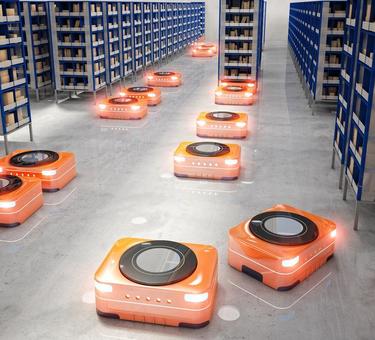Prologis Research has just published its second installment of its special automation series: Automation and Logistics Real Estate #2: How Automation Can Help Navigate Urgent Supply Chain Challenges.
In this report it’s described how the growth of e-commerce over the past decade has shown just how critical logistics real estate is to the modern supply chain. Logistics customers will need the right buildings equipped with the right features and situated in the right locations to meet the needs of the supply chain and, importantly, end consumers who have increasingly higher service level expectations.
“Increased demand for logistics real estate can be challenging for customers looking to build up their capabilities in coming years, especially in locations near end consumers,” explains Eva vd Pluijm-Kok, Manager Research and Strategy, Prologis Europe. “Although the pandemic has accelerated structural trends, new supply has reduced, increasing the likelihood of space shortages. Automation can bridge this gap by improving productivity, enhancing capabilities and opening up new locations for logistics users.”
Four key takeaways
In examining the tie between real estate and automation in customer operations, this special report identifies four key takeaways:
- the acceleration of structural supply chain trends such as e-commerce could lead to a critical shortage of logistics real estate;
- automation has the potential to increase revenue generated per square foot/square meter of logistics space;
- e-fulfilment footprints must double in size over the next five years;
- automation offers economic benefits for logistics real estate.
Five discrete forces driving demand for logistics space in the near to medium term
- e-commerce;
- inventory build;
- economic growth;
- supply chain modernization;
- pandemic-related demand.
Prologis has worked out a sensitivity model with two possible scenarios to assess the impact of automation on demand: a base case, which incorporates a slight acceleration in adoption trends, a stretch adoption case, which doubles the pace of automation growth.
Automation lifts the investment performance of logistics assets
Automation is leading to increased investment within facilities, which in turn incentivizes customers to sign longer leases. The top energy users – which are largely automation adopters – sign leases that are on average over 50 percent longer than those of average logistics customers.
